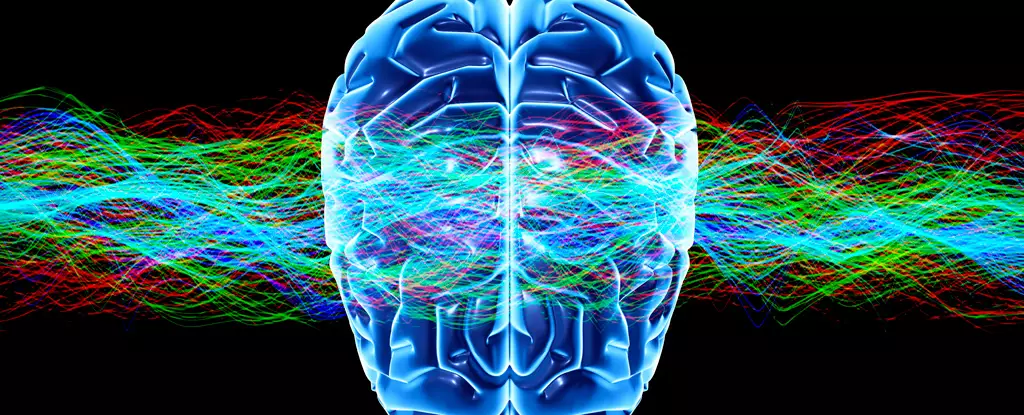Recent global research efforts have shed light on the intricate relationship between metabolism problems in the brain and a wide range of neuropsychiatric and neurodegenerative disorders such as autism, Alzheimer’s disease, depression, epilepsy, schizophrenia, intellectual disability, and bipolar disorder. Despite the diverse symptoms associated with these conditions, they often share genetic or metabolic features, hinting at a common biological basis for their manifestation. An extensive collaboration by the International Brain pH Project Consortium has identified changes in brain acidity and lactate levels in animals as crucial indicators of metabolic dysfunction.
The findings from this research could potentially pave the way for new methods of diagnosing and treating these complex disorders that affect a significant portion of the global population. By identifying shared therapeutic targets in various neuropsychiatric disorders, there is a hope for more effective treatments in the future. Molecular and cellular physiologist Masayuki Matsushita from the University of the Ryukyus in Japan believes that this research could be a stepping stone towards understanding and addressing these challenging conditions.
One key aspect highlighted in the research is the impact of lactate changes on information transfer in neurons, which can disrupt the functional balance between excitatory and inhibitory brain networks. Increases in lactate levels in the brain can lead to lower pH levels, which have been identified as a common feature across many of the neuropsychiatric and neurodegenerative disorders studied. The team examined whole brain samples from multiple animal models, including genetically modified mice, rats, and chicks mimicking various neuropsychiatric and neurodegenerative diseases, and found consistent shifts in brain pH and lactate levels.
The systematic study conducted by the researchers evaluated brain pH and lactate levels in a wide range of animal models representing neuropsychiatric and neurodegenerative disorders. Surprisingly, around 30 percent of the animals studied displayed significant changes in pH and lactate levels, indicating that these disruptions are common in many neuropsychiatric conditions. Notably, animal models for depression induced by different factors showed a consistent pattern of decreased brain pH and increased lactate levels, suggesting a potential link between various genetic or environmental factors and brain metabolism in the development of these conditions.
In autism models, the researchers observed diverse responses, with some animals showing an increase in pH and a decrease in lactate levels, while others exhibited the opposite pattern. This variability hints at the presence of various subgroups of metabolic dysfunctions among individuals with autism spectrum disorders. Furthermore, behavioral tests conducted by the team revealed a strong correlation between high lactate levels and impaired working memory performance, indicating that metabolic dysfunctions may directly impact cognitive abilities in different neuropsychiatric disorders.
Mitochondrial dysfunction, which is linked to several neuropsychiatric disorders, is often associated with working memory deficits as a common symptom. Impaired mitochondrial function in neurons can lead to reduced lactate consumption for energy production, potentially resulting in impaired learning and memory functions. However, it is essential to note that lactate production is also necessary for memory formation, so decreased levels could contribute to cognitive dysfunction in a different way. The authors suggest that changes in brain pH and lactate levels could serve as biological markers for neuropsychiatric disorders with cognitive impairment, emphasizing the need for further studies to uncover effective treatment strategies across diverse animal models with brain pH changes.


Leave a Reply